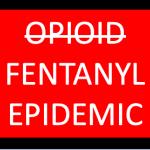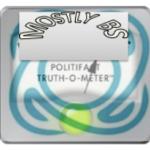As usual, the answer is nuanced. Thousands of legitimate patients needing pain or anxiety relief find it nearly impossible to get their meds. That’s one tragedy.
opioid epidemic
You probably know the old joke: What is the difference between God and doctors? God doesn't play doctor.
It's time to update our language, something that is routinely done to ensure accuracy and minimize antiquated, bigoted, and offensive terms. Think about some of the changes we've seen in the past few decades.
Three weeks ago, a California judge saw the light, and last week the Oklahoma high court followed suit.
An organization called Poynter Institute for Media (1) released a "Politifact" report in an
“Shopping focus groups typically tell us what works. However, four researchers discovered precisely the opposite. They identified a group that gets it wrong every time.
Pop quiz! What is the cause of our opioid epidemic?
A. Doctors prescribe too many opioids.
B. The government insisted doctors control pain better
C. Big Pharma created addictive drugs and lied to us
Senator Kristin Gillibrand (D-NY) has officially announced her plans to run for president in 2020. Part of her platform is women's health.
In what is almost certainly a Sisyphean task I'm going to try to apply logic to homeopathy. And it's going to be a bit obnoxious. So, all you believers who already hate me better get out your voodoo dolls and pins ready.
In a trend described as “shocking,” news outlets are











